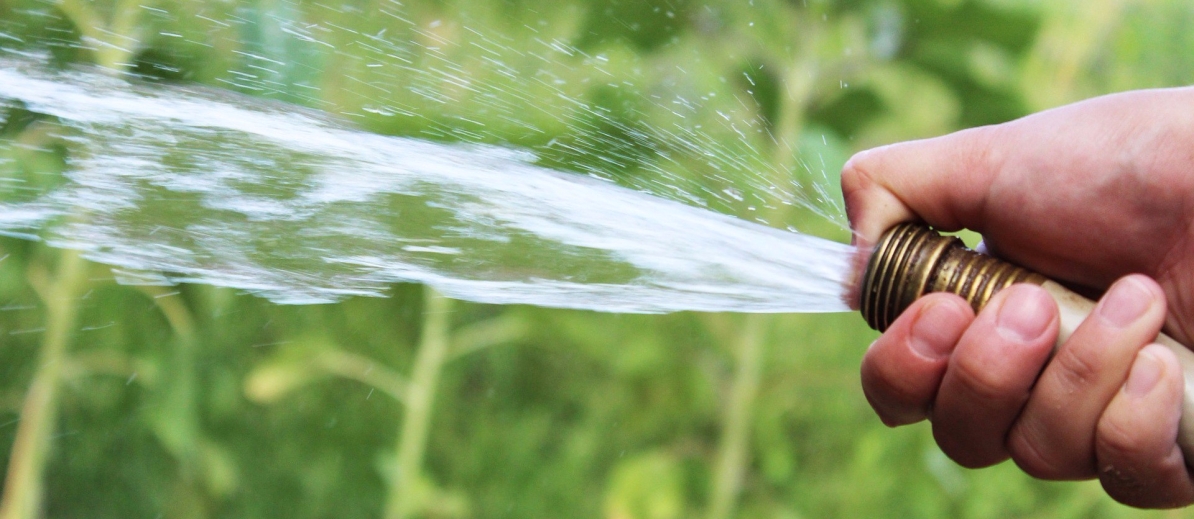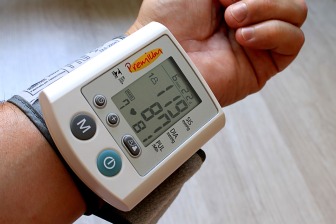Sodium is a mineral essential for the body to function. We get sodium from the foods and drinks we consume. If you take in too much sodium, it pulls extra water into your blood vessels increasing the total volume of blood. With more blood flowing through the vessels, blood pressure increases.

Overtime, the increased pressure can overstretch or injure the blood vessel walls and tire out the heart by forcing it to work harder to pump blood through the body leading to high blood pressure and possibly a heart attack, stroke, and/or heart failure. High blood pressure is often known as the silent killer because there are rarely symptoms and it is a major risk factor for heart disease- the No. 1 killer worldwide.
The Centers for Disease Control and Prevention (CDC) recommend that Americans consume less than 2,300 milligrams (mg) of sodium per day. For at-risk groups like those with hypertension or a family history of heart disease, hypertension, or stroke, it is recommended to take in less than 1,500 mg of sodium per day. Based on these guidelines, the vast majority of adults eat more sodium than they should—an average of more than 3,400 mg each day. It’s no surprise that 90% of American adults are expected to develop high blood pressure over their lifetimes.

So where is all this sodium coming from? Hint: it’s not the salt shaker. Actually, approximately 77% of the sodium we consume is from packaged, prepared, and restaurant foods. Around 12% of our sodium intake occurs naturally in food and the other 10% is from the salt shaker.


a bunch of thanks to this informative article. The insights you provided are awesome. More power to you!
LikeLike